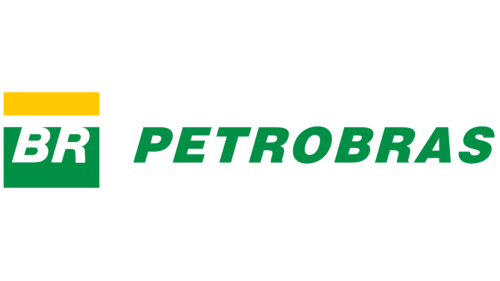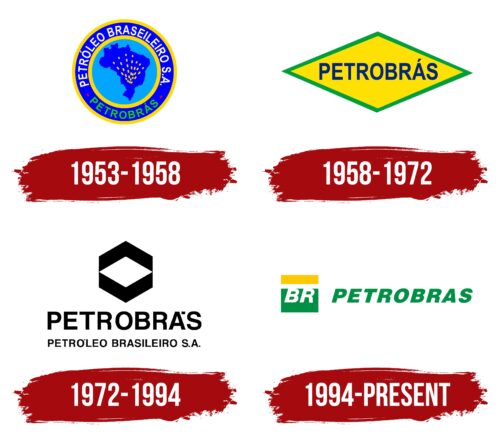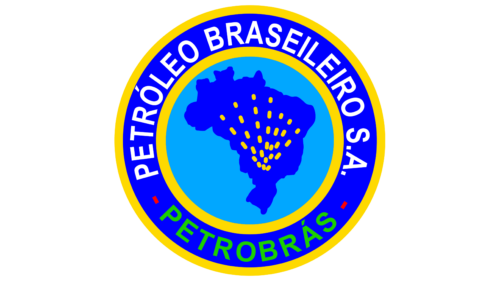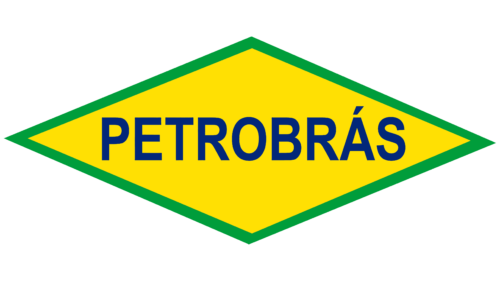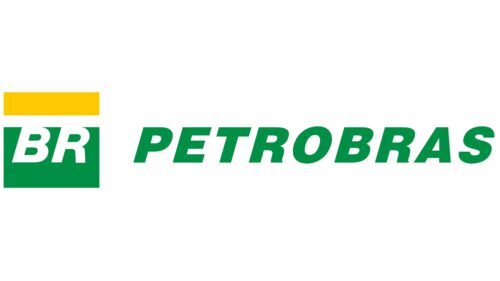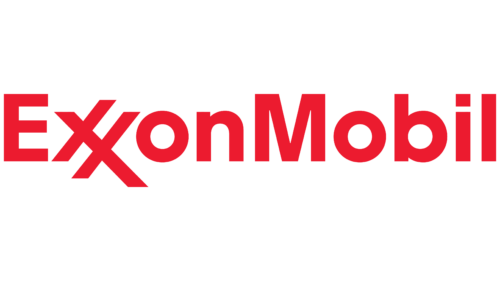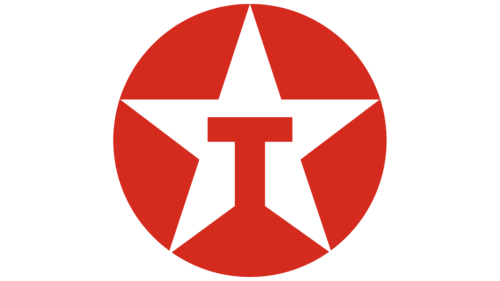Petrobras: Brand overview
In 1953, the state-owned oil and gas company Petrobras was created on the initiative of Brazilian President Getúlio Vargas. The statement “Oil belongs to us” signified the era when Brazil’s oil production was only 2,700 barrels per day. The company’s further expansion began with the opening of the REDUC refinery near Rio de Janeiro in 1961, followed three years later by the Cenpes Research Center, now one of the world’s largest energy research centers. In 1968, a subsidiary, Petrobras Quimica S.A (“Petroquisa”), was created to focus on petrochemicals and the refining of naphtha into the ether. Today, Petrobras holds a leading position in the oil and gas industry.
Since 1953, Petrobras has been a pioneer in oil shale processing, having developed the Petrosix oil recovery technology. In the 1990s, the company began processing oil shale using an industrial-sized retort. In 2006, it was announced that this retort was capable of processing 260 tons of oil shale per hour. In 1994, the company achieved significant success with the construction of Petrobras 36, the world’s largest oil platform, which unfortunately sank in an explosion in 2001. With the passage in 1997 of Law N. 9,478, the Brazilian oil and gas market opened up to private investment. Although Petrobras continued its dominant position, it faced increasing competition from foreign firms.
In recent years, Petrobras has been involved in various corruption scandals that have severely affected the company. In 2014, allegations surfaced that the company bribed government officials to win expensive contracts, leading to the resignation of the CEO and several other executives. The investigation is ongoing, and Petrobras’ potential fines have yet to be determined.
Despite recent controversies, Petrobras remains a formidable company in the global oil and gas sector. With its rich history of innovation and commitment to sustainability, Petrobras is projected to become the largest Brazilian company and the leading oil company in Latin America by 2022. This achievement is exceptional, given the challenges the company has faced in recent years.
The creation of Petrobras in 1953 paved the way for world leadership in the oil and gas industry.
In 1961, the REDUC refinery was inaugurated, marking a new period of energy production and innovation.
In 1963, the Cenpes Research Center was inaugurated, marking a new era of scientific research and discovery.
The founding of Petrobras Quimica S.A. in 1968 was a major event in the history of the Brazilian energy industry.
The commissioning of the Petrobras 36 oil platform in 1994 marked a new wave of innovation in the oil and gas sector.
An important step was the passage of Law 9,478 in 1997, which opened the Brazilian oil and gas market to private investment.
In 2014, Petrobras faced allegations of involvement in a bribery scandal involving government officials, sparking public outrage and a lengthy investigation.
Petrobras is expected to become Brazil’s largest company and Latin America’s leading oil company by 2022, a testament to the resilience of its corporate journey.
Meaning and History
1953 – 1958
1958 – 1972
1972 – 1994
1994 – today
The green color is mainly used in the logo: it is present both in the text and in the symbol. The lettering is completely green in color. A bold italic font with curved letters is used for it. It is especially noticeable in the letter “R,” the right foot of which has a graceful shape with a slight expansion at the end. The individual symbol of the Brazilian oil corporation is only two-thirds green. The rest of the space is occupied by yellow and white. This color scheme is intentional, as it echoes the country’s national flag. Inside the square is the abbreviation for Brazil – “BR.”
The green text is kind of calm but still trendy. This letter “R” is reminiscent of a stylish person at a party. The symbol with green, yellow, and white colors is like a little sketch of the Brazilian flag. It’s not just a random assortment of colors; it’s like a mini greeting to the country itself. And the “BR” in a square is a quick way of saying, “Hey, it’s Brazilian.”
Petrobras color codes
| Spanish Green | Hex color: | #008f45 |
|---|---|---|
| RGB: | 0 143 69 | |
| CMYK: | 100 0 52 44 | |
| Pantone: | PMS 355 C |
| Tangerine Yellow | Hex color: | #ffc900 |
|---|---|---|
| RGB: | 255 201 0 | |
| CMYK: | 0 21 100 0 | |
| Pantone: | PMS 7549 C |
